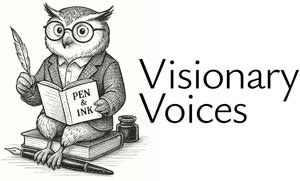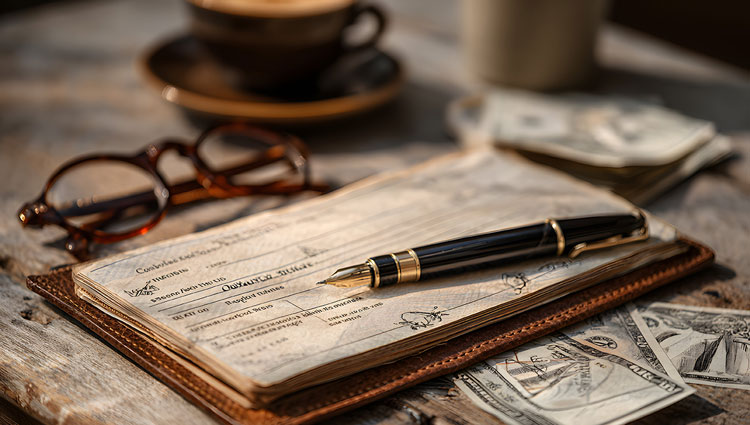Have you ever wondered how people without children choose to leave their legacy? @TamarJune, CEO of @AssurX, recently shared a thought-provoking article from The Wall Street Journal titled “People Without Kids Are Leaving Money to Surprised Heirs.”
The article highlights an interesting trend: charities, distant relatives, and even pets are becoming the beneficiaries of surprise inheritances. For those of us in the nonprofit sector, this is a wake-up call—a significant opportunity to engage with a growing demographic that’s thinking beyond traditional family boundaries.
Childless Donors Give More
It’s no secret, but the number of childless donors is staggering. We’ve long known that people without children tend to leave more to charity, so that wasn’t a surprise. In fact, a Yale study—cited in the same WSJ article—found that people without children or grandchildren tend to gift triple the amount to charity than those with direct descendants.
The real eye-opener for us was that there’s been a significant uptick in the number of folks who are choosing not to have children.
The WSJ references a Pew Research Center study that found “57% of adults under 50 who say they’re unlikely to ever have kids say a major reason is they just don’t want to; 31% of those ages 50 and older without kids cite this as a reason they never had them.”
The study also found that the number of those under 50 who will likely remain childless rose 10 percentage points, to 47 percent.
Good News for Nonprofits
Now couple that information with a Chronicle of Philanthropy study, which found that over 8.2 million Americans who do not have children have assets in excess of $1M.
That’s a lot of opportunity for savvy nonprofits. And if the studies are correct, there are going to be a lot more childless people in the not-so-distant future—which means even more opportunity (and surprise inheritances) on the horizon.
So What Can You Do?
It’s easy:
1 | Know Your Audience
First and foremost, ensure you have good data, which will allow you to identify and segment prospects by demographics—including whether or not they have children.
2 | Market Planned Gifts Effectively
Then get busy marketing planned gifts to them. Send out postcards. Follow up with a digital campaign. Find creative new ways to reach and appeal to this segment of your audience. For instance, one nonprofit mentioned in the WSJ article created an “heirless donors” section on their website, and uses the idea of building a legacy to entice supporters.
3 | Promote Will Creation
Be sure to also encourage your supporters to create a will, and incorporate will making software into your website. Over 92% of planned gifts are bequests, after all.
4 | Start Now
And most importantly, get started NOW. Like starting a planned giving program, the best time to steward your childless donors was 10 years ago. The second-best time is now.
The Opportunity
As societal norms continue to evolve, so do donor demographics. For nonprofits, this represents an incredible opportunity to invite childless donors into your own “family.” By tailoring your outreach and connecting with this growing audience, you can build lasting relationships that translate into meaningful gifts for your organization’s future.
The future of philanthropy is shifting. Are you embracing it?





